Submarines probe depths of Flathead Lake

Rob Zolman
A camera captures an underwater view.
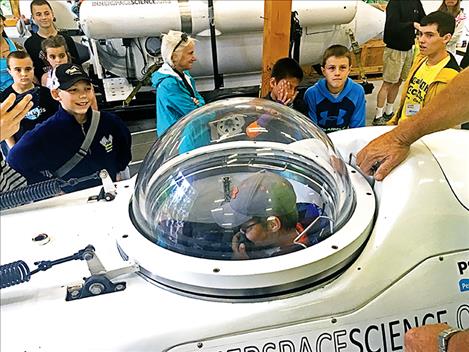
Rob Zolman
Children check out the submarine during an open house at the Flathead Lake Biological Station.
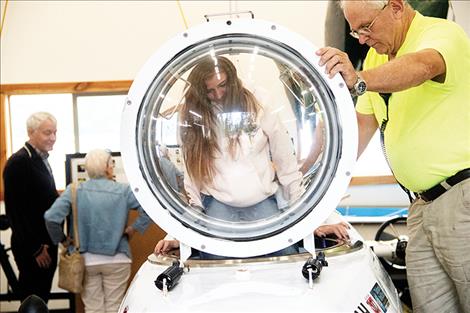
Rob Zolman
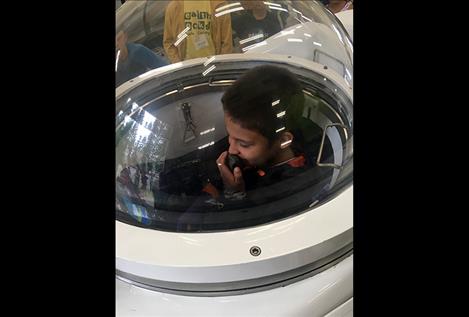
Rob Zolman
Event participants get in the submarine.
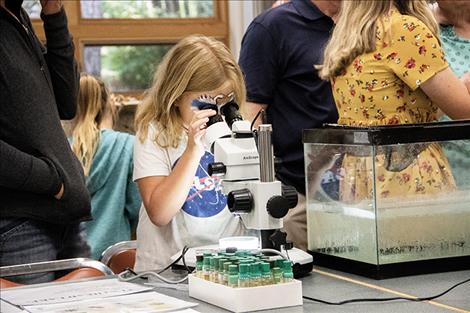
Rob Zolman
Samples of lake life are shown under a microscope.
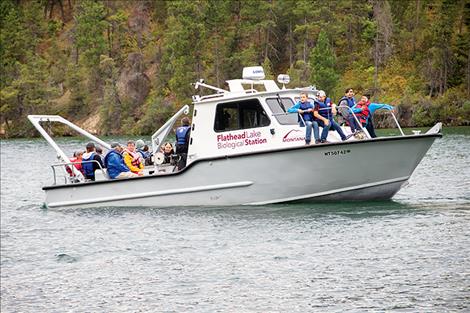
Rob Zolman
The Flathead Lake Biological Station staff give children a ride on their boat during the open house.
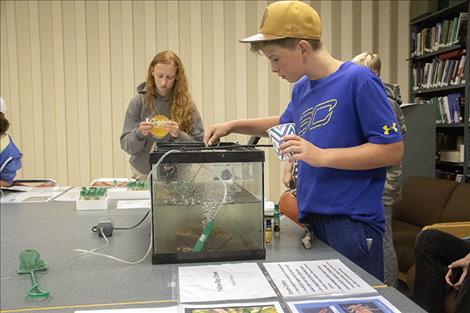
Rob Zolman
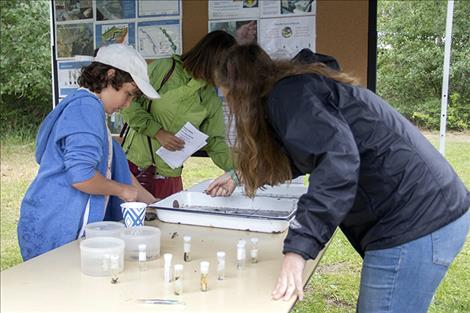
Rob Zolman
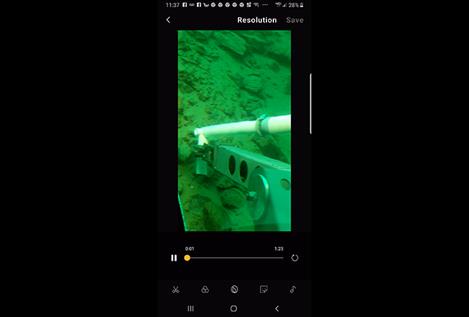
Rob Zolman
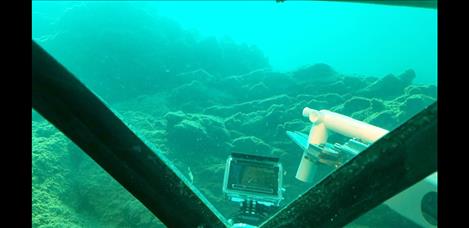
Rob Zolman
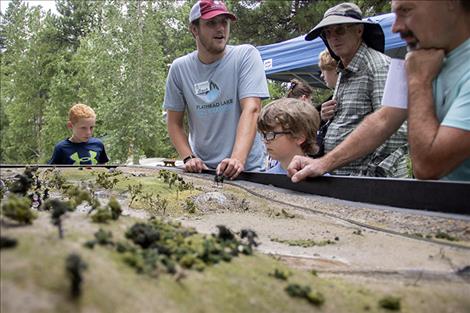
Rob Zolman
Issue Date: 8/14/2019
Last Updated: 8/13/2019 6:52:15 PM |
By
Rob Zolman
Keep Reading!
You’ve reached the limit of 3 free articles - but don’t let that stop you.















